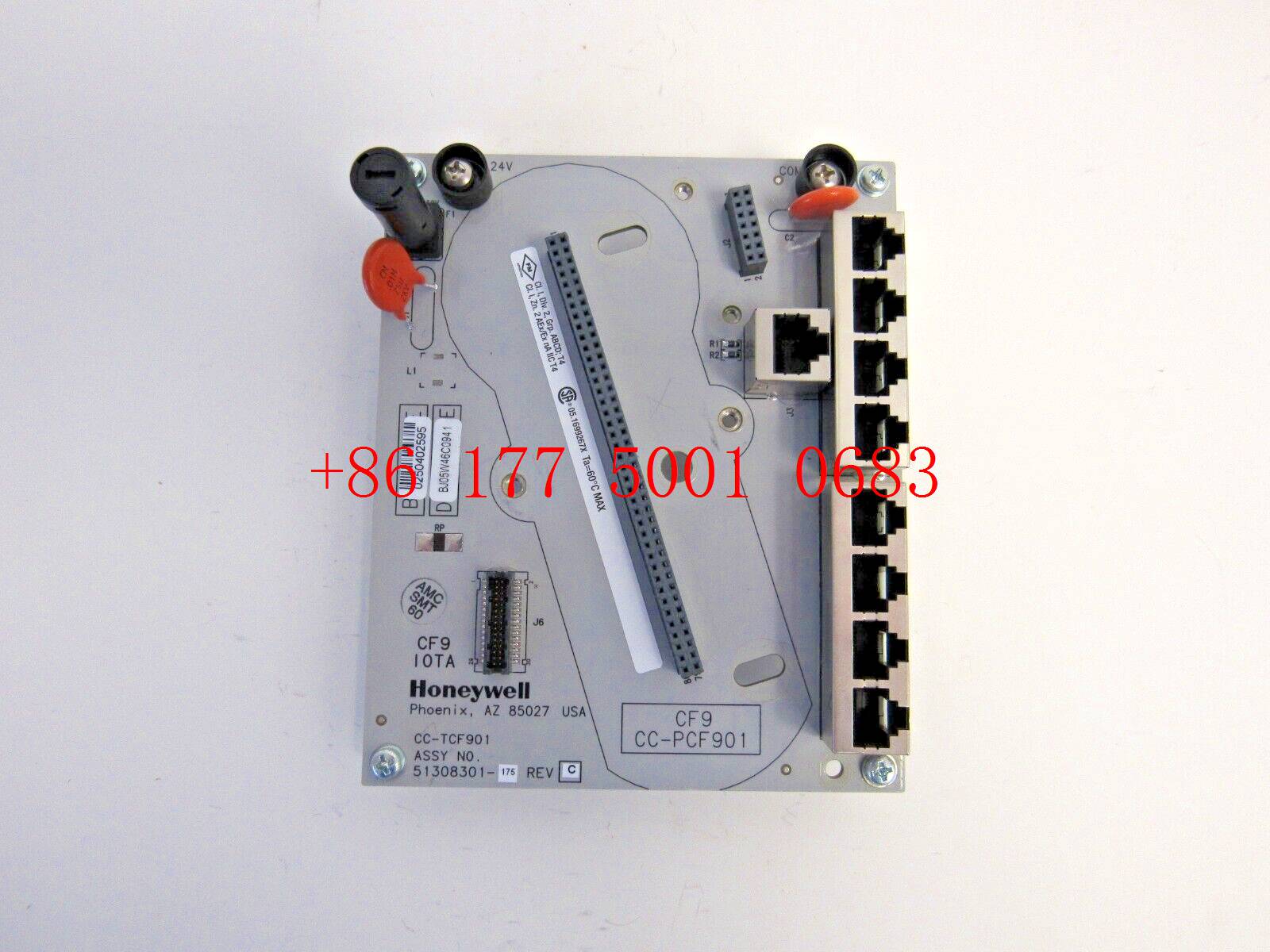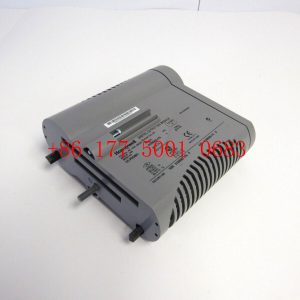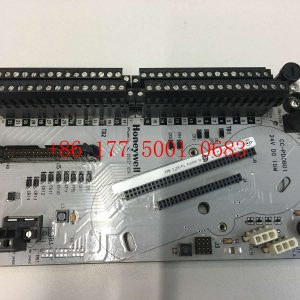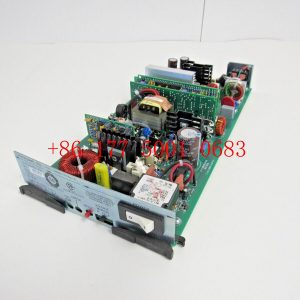Description
hardware flow control. It is an ideal choice in the field of industrial automation.Implementation of communication between ABC industrial robot and PLC based on DeviceNet fieldbus technology
introduction
In modern production systems, industrial robots and PLCs need to communicate and collaborate to complete production tasks. That is, the
industrial robots output signals to the PLC, allowing the PLC to control related equipment to drive the robot”s front-end tools. This article
mainly analyzes the communication problems between ABB industrial robots and PLC based on DeviceNet fieldbus technology.
DeviceNet is a common network communication method in the field of automation. ABB industrial robots establish a network to communicate with
Siemens PLC based on the DeviceNet network.
1Configure DSQC652
There are mainly 5 types of standard I/0 boards commonly used in ABB industrial robots [2]. Except for the different addresses assigned to
them during setup, their configuration methods are basically the same. This article mainly analyzes the ABB standard I/0 board DS0C652, which
mainly builds communication modules based on the DeviceNet network. The DS0C652 board has a distributed I/O module with 16 digital input and 16
digital output interfaces. The board is installed in the ABB industrial robot control cabinet. First, define the specific operation steps of the DS0C652 board,
enter the teach pendant control panel, then enter the configuration menu (Figure 1), select the DeviceNetDevice menu, and add a template to enter Figure 2.
ABB standard I/0 board is hung on the DeviceNet
network, so the address of the module in the network must be set. The jumpers 6 to 12 of terminal x5 are used to determine the address of the module.
The available address range is 10 to 63. Modify the parameters in the template parameters to complete the DS0C652 board settings. Click the drop-down
menu to select the “Use value from template” row, select
“DS0C65224VDCI/0Device”, and then the parameters that need to be set include the address of the I/0 board in the bus.
Figure 1 Configuring DSQC652
2Configure signals and parameters
After completing the DS0C652 board setting, the I/0 signal setting will be performed. Setting the I/0 signal is the basis for establishing communication with
the PLC. The PLC communicates and transmits data with the ABB industrial robot through the I/0 signal and the DS0C652 board. As shown in Figure 3, in the
signal configuration interface, there are many default I/0 points after the system is established. Modification is not allowed. Click “Add” to add signals. When setting
input and output signals, their address range is 0~15. First, enter the signal menu in the configuration options to set the input and output types, and modify the corresponding parameters.
After completing the settings, the computer prompts that you need to restart the settings. If there are multiple signals that need to be defined and the waiting time
is long after restarting multiple times, you can click “Cancel” and wait for all signals to be defined before clicking the “Yes” button to restart. After the signal settings are
completed, click to select “Input and Output” in the ABB menu to check whether all signals have been set.
Figure 2 Configure DSQC652 parameters
Figure 3 Signal parameter settings
During the signal establishment process, attention should be paid to the DSoC652 port and PLC port addresses used, and the corresponding address table should be
established, as shown in Table 1. The robot interacts with the PLC through I/O signals. During the setting process, there must be no errors in the port and address number
of the PLC connected to the DSoC652. If the address is set incorrectly, the communication between the robot and the PLC will not work properly.
The entire robot teaching pendant setting process is shown in Figure 4.
Email: 3221366881@qq.com
https://www.xmamazon.com
https://www.xmamazon.com
https://www.plcdcs.com/
www.module-plc.com/
https://www.ymgk.com
DS200TCEBG1ACE DCS spare parts
DS200TCEAG1BNE Frequency converter accessories
DS200TCEAG1ACB Power connection board
DS200TCCAG1BAA Adapter module
DS200TBQDG1AFF Frequency converter communication card
DS200TBQCG1AAA Ventilation terminal board
DS200SLCCG1AFG Programmable control module
DS200SLCCG1AEE Digital input module
DS200SLCCG1ACC Ethernet communication card
DS200SIOBH1ACA Robot power supply panel
DS200SIOBH1ABA Analog output module
DS200SIOBH1AAA Digital quantity input module
DS200SDCIG2AHB Digital quantity output module
DS200SDCIG2AEB CPU controller
DS200SDCIG1ABA Temperature input module
DS200SDCCG5AHD Communication module
DS200SDCCG1AGD Input output processor
DS200SDCCG1AFD Mainboard of the I/O module
DS200SDCCG1AEC Controller module
DS200RTBAG2AFB Servo drive driver
DS200PCCAG1ABB Control system I/O module
DS200LPPAG1AAA PLC module
DS200LDCCH1ANA DCS spare parts
DS200LDCCH1AGA Memory storage
DS200KLDBG1ABC Power module
DS200IQXSG1AAA PLC spare parts
DS200IIBDG1A GE controller
DS200FSAAG2ABA Control module
DS200FGPAG1AHD Network interface module
DS200DSPCH1ADA Analog input module
DS200FGPAG1A Card piece module
DS200DMCBG1AKG DCS module
DS200DPCBG1AAA System card piece
DS200DMCBG1AKG DCS module
DS200DCFBG1BLC Circuit board
DS200DMCBG1AED Processor module
DS200DCFBG1BLC Circuit board
DS200DCFBG1BGB GE Control unit
DS200CTBAG1ADD PLC function module
DS200CPCAG1ABB Robot spare parts
DS200ADPBG1ABB Main interface circuit board









Reviews
There are no reviews yet.